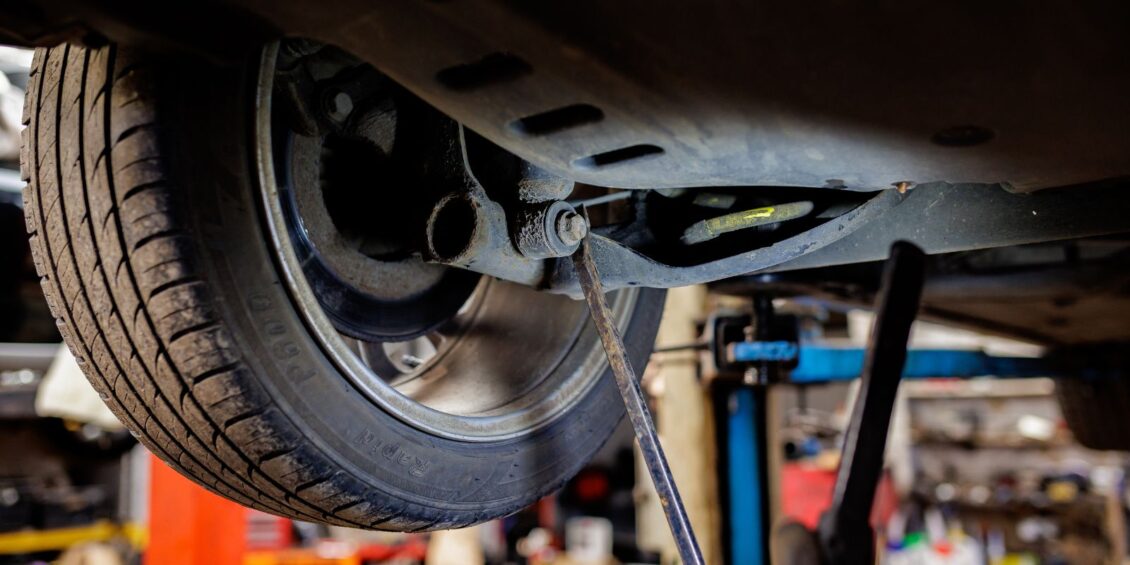Tyre Checks
Typically, your car’s tyres will come under greater strain in winter than in summer. This means the MOT checks that concern tyres will be all-important. Inspections are made for tread depth, inflation pressure and sidewall condition during an MOT. If any are found to be bad enough for a failure, you’ll be glad it prompted you to replace them before the worst weather hits, something that’s especially important if you drive over mountainous parts of the country, of course.
Wiper Inspections
Your car’s wipers might not seem to be a crucial winter safety feature but they are. Wipers can deteriorate in strong summer sun and be all but useless when you need them in winter. During an MOT, your washers and wipers will all be checked by the technician to confirm that your car can continue to offer adequate visibility in all driving conditions. In addition, your windscreen’s demister is part of any MOT test, another key feature you need more in winter than summer.
Light Tests
All of your car’s lights and bulbs – from the indicators to the reversing lamp – will be checked during an MOT. Of course, you might only need your fog lamp once or twice a year but the likelihood is that it’ll be in winter when it is called for. That’s another good reason to have an MOT booked in the autumn before wintery weather kicks in. During this part of an MOT inspection, it is not just the bulbs that are checked to make sure the lights come on when needed but their alignment, too. Headlamps must be adjusted correctly to avoid an MOT failure since this means they won’t dazzle drivers heading in the other direction when they’re turned on.








Leave a Reply
View Comments